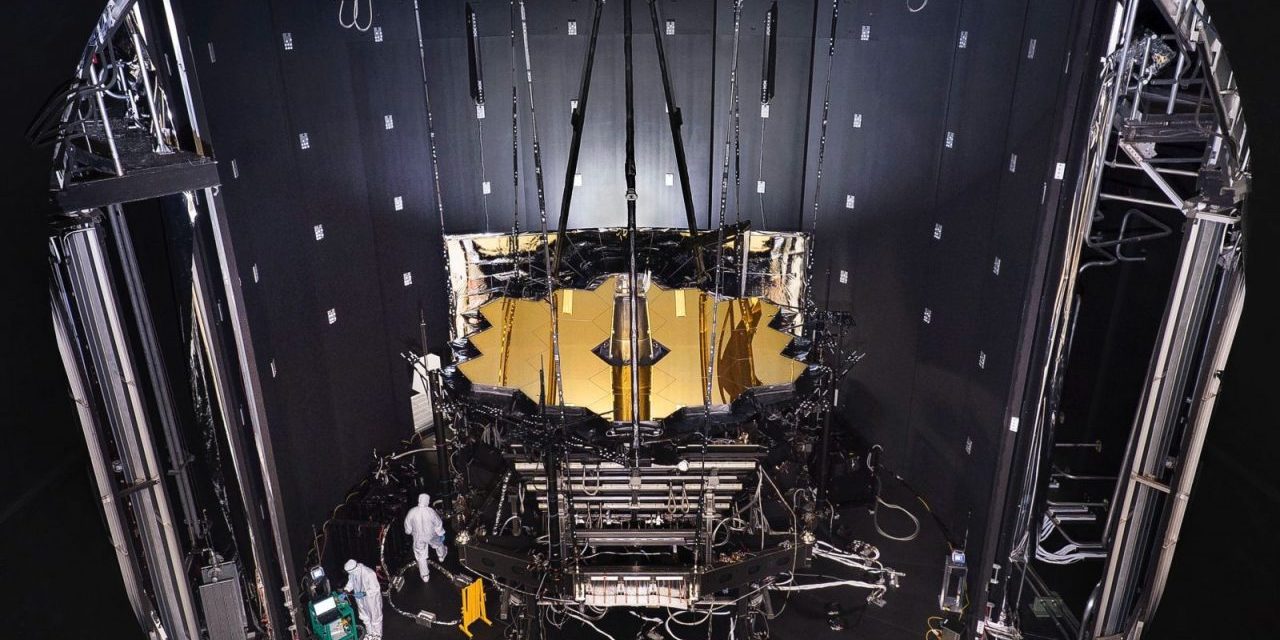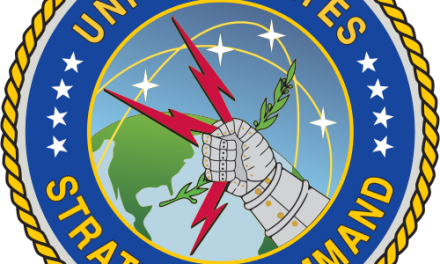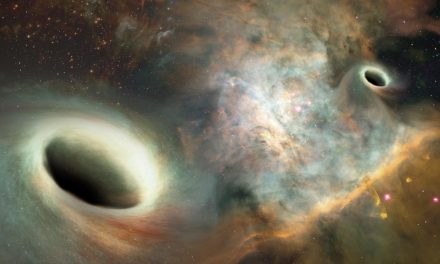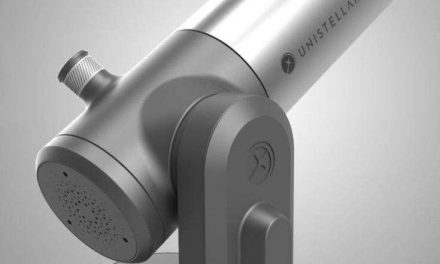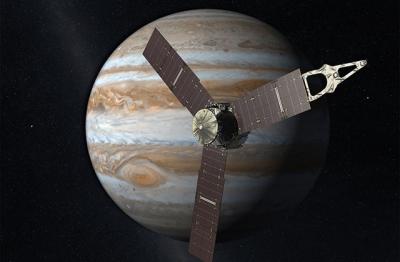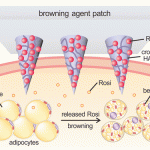
Photo Credit: Chris Gunn / NASA
The James Web Space Telescope (JWST), named after James E. Webb (1906-1992), NASA’s second administrator, will soon be the successor to the Hubble Space Telescope and the world’s largest and most technically advanced space observatory. JWTS is equipped with a huge infrared telescope with a 21+ foot primary mirror. JWST is scheduled to launch in October 2018 on an Ariane 5 rocket as part of NASA’s ongoing Flagship program, built in collaboration with the Canadian Space Agency (CSA) and the European Space Agency (ESA).
In the meantime, JWST is literally chilling as it is suspended inside Chamber A at NASA’s Johnson Space Center in Houston for final tests for over 3 months. To make sure it functions properly in outer space a Cryogenic Testing Phase, is being performed trying out the sunshield that protects JWST’s sensitive instruments from external sources of heat and light, such as the Sun and space itself. To simulate both conditions, sunshield divides the space center observatory into a warm sun-facing side reaching temperatures close to 185 °F and a space environment cold side that reaches 400 °F below zero.
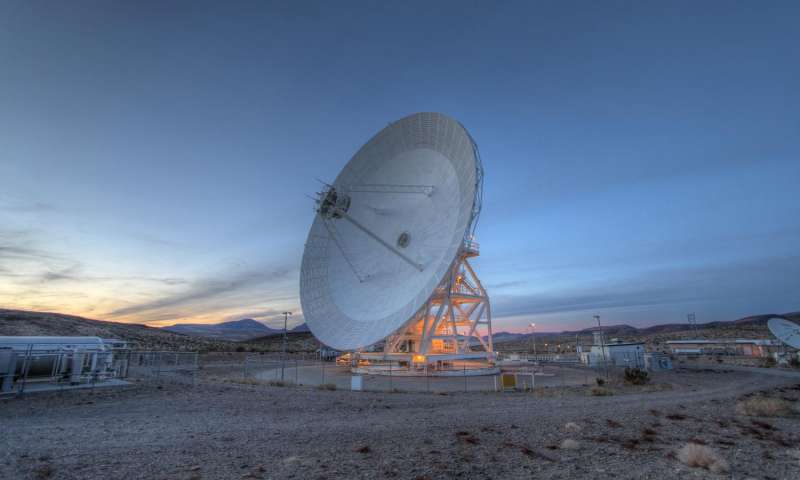
This photo shows an antenna at the DSN site in California. one of the 3 Deep Space Network stations. Credit: NASA-JPL/Doug Ellison
This week NASA announced that JWTS just passed a new important milestone where the communications systems were tested end-to-end, having been previously tested only in bits and pieces. “This was the first time all the different parts worked together at the same time, and this was the first time it was tested against the actual spacecraft flight hardware,” explained Alan Johns, ground segment and operations manager for the Webb telescope at NASA’s Goddard Space Flight Center. The communication system consists of two important components, one called the Space Network which includes systems required for the launch phase of JWTS and the other is called the Deep Space Network. To ensure JWTS is able to stay in contact at all times once it is placed in orbit, the Deep Space Network has three ground stations spread 120 degrees each longitudinally, located in Canberra, Australia; Madrid in Spain; and Goldstone, California. In September 2018, before it is launched from the launch site in Kourou, French Guinea, the space observatory will have its communications systems tested again.

